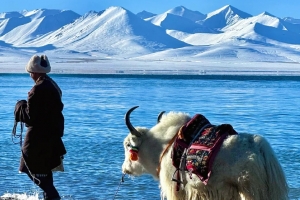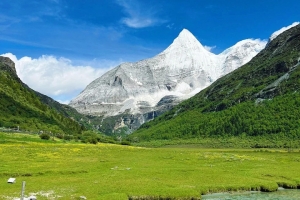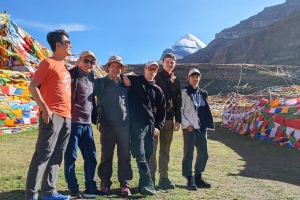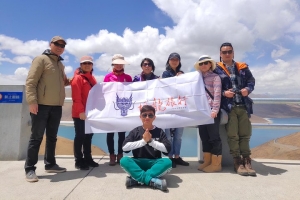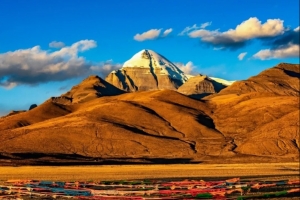Traveling to Tibet is a once-in-a-lifetime experience, filled with breathtaking landscapes, ancient culture, and spiritual adventures. However, due to the region’s high altitude and harsh environmental conditions, even a minor illness such as a cold can quickly escalate into a serious health concern. This article explores why a cold can significantly hinder your ability to travel in Tibet, delves into the underlying physiological factors involved, and offers practical advice for preventing complications during your trip.
The High Altitude Challenge
Tibet is synonymous with its towering Himalayan peaks and vast high-altitude plateaus. At elevations often exceeding 3,500 meters (11,500 feet), the region is characterized by lower levels of oxygen compared to lowland areas. When you visit major cities in warmer, low-altitude environments, your body can more easily adapt to a routine cold—rest, hydration, and timely medical support are usually sufficient. In Tibet, however, the thin air can dramatically exacerbate even minor ailments.
Reduced Oxygen Availability
At high altitudes, the air is thinner, meaning there is less oxygen available for your body to use. This condition forces your body to work harder to oxygenate your tissues, particularly affecting the heart and lungs. For someone suffering from a cold, this additional strain can be particularly dangerous. When you catch a cold, your immune system is already working overtime, and your respiratory system is compromised. The combination of these factors in an oxygen-poor environment can lead to severe complications that would be unlikely in lower altitudes.
How a Cold Impacts the Body in High Altitudes

Damage to Mucous Membranes and Respiratory System
When you develop a cold, viruses attack the mucous membranes in your nose, eyes, and mouth. These membranes play a crucial role in protecting your respiratory tract from infections and irritants. However, the inflammation and damage caused by the virus not only hamper this protective barrier but also lower your overall immunity. In high altitudes, where your body is already strained due to less available oxygen, any additional respiratory compromise can pave the way to more severe conditions such as bronchitis or pneumonia.
Increased Body Temperature and Oxygen Demand
Another significant factor is that colds often come with fever. A raised body temperature increases your metabolic rate, which in turn makes your body consume more oxygen. In Tibet, where oxygen levels are already low, this increased demand can quickly overwhelm your system. The consequence is a dangerous situation where the limited oxygen supply is insufficient to meet your body’s heightened needs, potentially leading to critical conditions like high altitude pulmonary edema (HAPE).
Risk of Pulmonary Edema
Perhaps the most concerning complication for travelers with a cold is the development of high altitude pulmonary edema. HAPE occurs when fluid accumulates in the lungs, making it difficult to breathe and drastically reducing oxygen intake. Under normal circumstances at sea level, the body can often manage mild cases of a cold without severe consequences. In Tibet, however, the combination of respiratory compromise from a cold and the physiological stresses imposed by high altitude can lead to rapidly progressing pulmonary edema—a potentially fatal condition if not addressed promptly.
Limited Medical Facilities in Remote Areas
In major cities and lowland regions, access to quality healthcare is more readily available, which is critical when battling infections like a common cold. But in Tibet, especially in remote areas or during trekking expeditions, medical help is often far away and limited. This scarcity of immediate medical care means that what might start as a benign cold in urban centers can transform into a medical emergency in the rugged Tibetan landscape.
When planning your journey, it’s essential to remember that the harsh environment and sparse resources in Tibet mean you must be at your best health. Should you become ill in such an environment, the delay in receiving proper treatment can have serious, if not deadly, consequences.
Preventative Measures: Protecting Your Health Before and During Travel
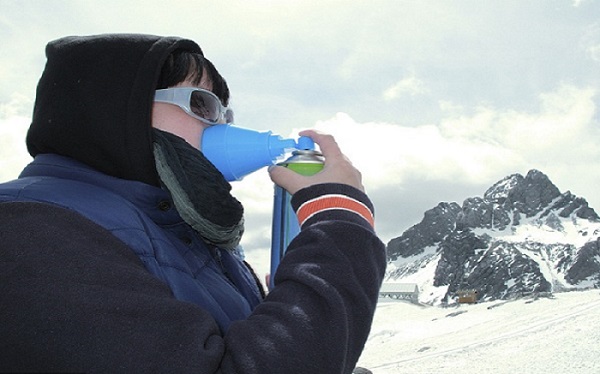
Proactive Health Care
The best approach is prevention. If you feel the first signs of a cold before your trip, consult with your healthcare provider immediately. Early treatment can help mitigate the symptoms, and it’s wise to postpone your travel plans if you’re not fully recovered. Entering Tibet with an active cold increases your risk of complications, and delaying your journey until you’re well is the safest option.
For those who are already on their trip, it’s important to monitor your health closely. Although Tibetan doctors are known for their expertise in treating altitude-related illnesses, access to medical facilities in remote areas might be limited. If your symptoms worsen, seek immediate help from your guide or any available local medical facility.
Packing Essential Medication
Travelers should always pack a well-stocked first-aid kit and carry any essential medications prescribed by their doctor. Consult with your general practitioner or pharmacist about which over-the-counter or prescription cold remedies may be appropriate for your high-altitude adventure. Having reliable medication on hand is crucial in case your symptoms begin to escalate.
Appropriate Clothing and Warmth
Keeping warm is essential, especially in the unpredictable Tibetan climate. It is recommended to dress in layers and opt for loose-fitting, lightweight clothing that allows for effective temperature regulation. Accessories like hats or beanies are particularly important because research indicates that nearly 10% of body heat is lost through the head. Additionally, windproof and waterproof coats, scarves, gloves, mountain shoes, and extra socks will help maintain body temperature and reduce the risk of the cold worsening your condition.
Recognizing the Risk for Younger Travelers
It might come as a surprise, but younger travelers can sometimes be at greater risk for complications from colds in high-altitude regions like Tibet. This vulnerability often stems from overconfidence; younger individuals may downplay their symptoms and continue with their travel plans despite not feeling 100% well. Ignoring early signs of illness can lead to serious issues, as the physical demands of high-altitude travel require optimal health. Prioritize your wellbeing by acknowledging these risks and choosing to rest if you are under the weather.
What to Do If You Catch a Cold in Tibet
Despite your best efforts, sometimes illness is inevitable. If you find yourself coming down with a cold during your trip:
- Seek Immediate Medical Assistance: If you are near a town or city with medical facilities, do not hesitate to consult a doctor. Even in remote areas, your tour guide or travel partner can help coordinate access to medical help.
- Rest and Hydrate: Reduce physical exertion and make sure to stay well hydrated. Rest is crucial to allow your body to fight off the infection.
- Use Medication Wisely: Follow the advice of health professionals regarding medication, and do not skip doses even if you feel better.
- Monitor Your Symptoms: Be vigilant about any signs of worsening conditions, such as increased shortness of breath or high fever. If such symptoms occur, consider descending to a lower altitude if it is safe to do so.
- Inform Your Travel Companions: Always keep your travel partners informed about your health status. In high-altitude travel, teamwork can be critical in ensuring that help is summoned quickly if needed.
Prioritizing Your Health in the Land of the Himalayas
Your health is paramount, especially when embarking on an adventure in a place as challenging as Tibet. The combination of low oxygen levels at high altitudes and the potential complications from a cold create a scenario where even minor illnesses can spiral into dangerous situations. By taking preventative measures, consulting medical professionals when needed, and listening to your body’s signals, you can safeguard yourself against the risks associated with traveling while ill.
In conclusion, while the allure of exploring Tibet’s majestic landscapes and ancient cultural sites is undeniable, the harsh reality of its high-altitude environment demands that you embark on your journey in peak health. Do not take unnecessary risks—if you catch a cold, consider postponing your trip until you have fully recovered. With careful planning and a proactive approach to your health, you can enjoy all that Tibet has to offer without compromising your wellbeing.
Embrace your Tibetan adventure with informed caution, adequate preparation, and respect for your body’s needs. Prioritize your health to ensure that your journey remains as awe-inspiring and safe as the landscapes of the Roof of the World.


